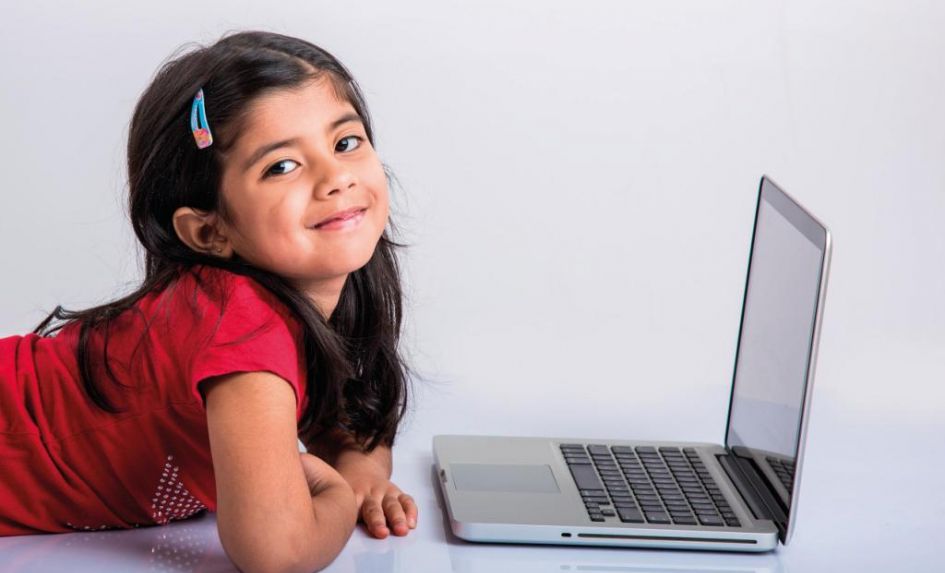Children and young people today are using the immense power of digital media to explore, connect, create, and learn in ways never before imagined. This power bestows young people with extraordinary opportunities, but also presents them with many potential pitfalls.
As school leaders, we have both a moral and legal responsibility to protect pupils from harmful content.
The DfE’s statutory ‘Keeping Children Safe in Education’ guidance obliges schools and colleges in England to “Ensure appropriate filters and appropriate monitoring systems are in place. Children should not be able to access harmful or inappropriate material from the school or college’s IT system.”
However, schools also need to, “Be careful that ‘over blocking’ does not lead to unreasonable restrictions as to what children can be taught with regards to online teaching and safeguarding.”
The technical options
Many will seek to address those requirements with on-premises hardware appliances through companies like SmoothWall, or via cloud-based solutions like Securly.
I myself like the flexibility offered by Securly, and love how I can use its dashboard to assign granular policies to my Google Apps Organizational Units.
I have Securly report student (and staff) activity by their Google ID, with its Audit Trail feature allowing me to drill deep into an individual student’s screen-time in a matter of seconds.
Protecting children involves much more than just using the right technological tools, though. As school leaders, we need to cultivate positive and responsible behaviours among pupils and staff alike.
Children and young people need to learn – and teachers need to teach – digital literacy and citizenship skills, so that schools can support their pupils to act responsibly and use the internet in better ways.
For me, the go-to place for supporting this work is SWGfl, which has produced schemes of learning for foundation stage through to key stage 5.
These are based on the free Digital Citizenship curriculum developed by Common Sense Media, which empowers learners to think critically, behave safely, and participate responsibly in our digital world.
These 21st-century skills are essential for children and young people if they’re to harness the full potential of technology for learning.
Going further
SWGfL’s Digital Literacy & Citizenship schemes of learning offer a comprehensive, yet balanced approach in addressing safety and security concerns, including ethics and behaviour issues, as well as digital literacy skills.
They include child-centred, media-rich lesson materials that emphasise skill building, critical thinking, ethical discussion, media creation, and decision making.
Schools can opt to use the curriculum as a complete package for a specific year group or key stage, or select individual lessons for use across the curriculum.
There are five suggested lessons for each year group from foundation up to key stage 3, and 20 lessons at key stages 4 and 5, thus giving teachers and leaders flexibility in how they can be used.
You can find out more about SWGfL’s Digital Literacy Curriculum at digital-literacy.org.uk.
Gary Spracklen is headteacher at The Prince of Wales School, Dorchester, a former Digital Educator of the Year and a member of the government’s Educational Technology Action Group.










